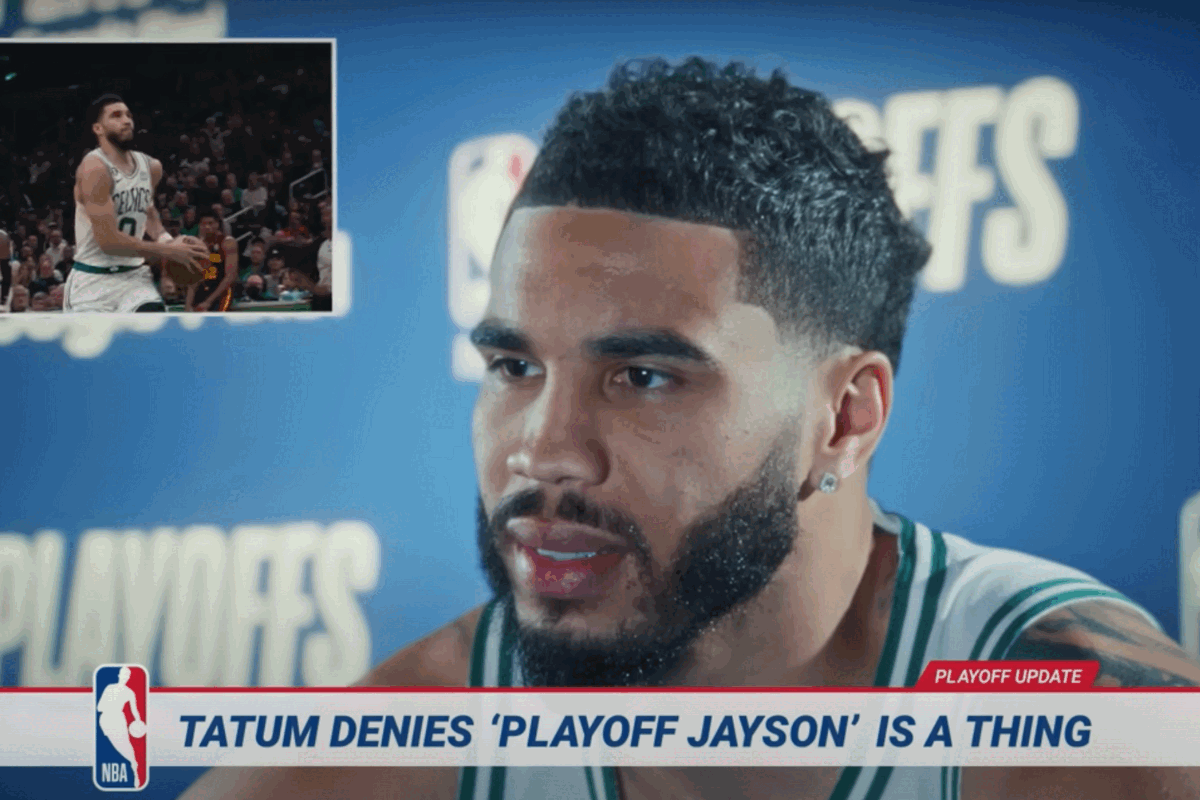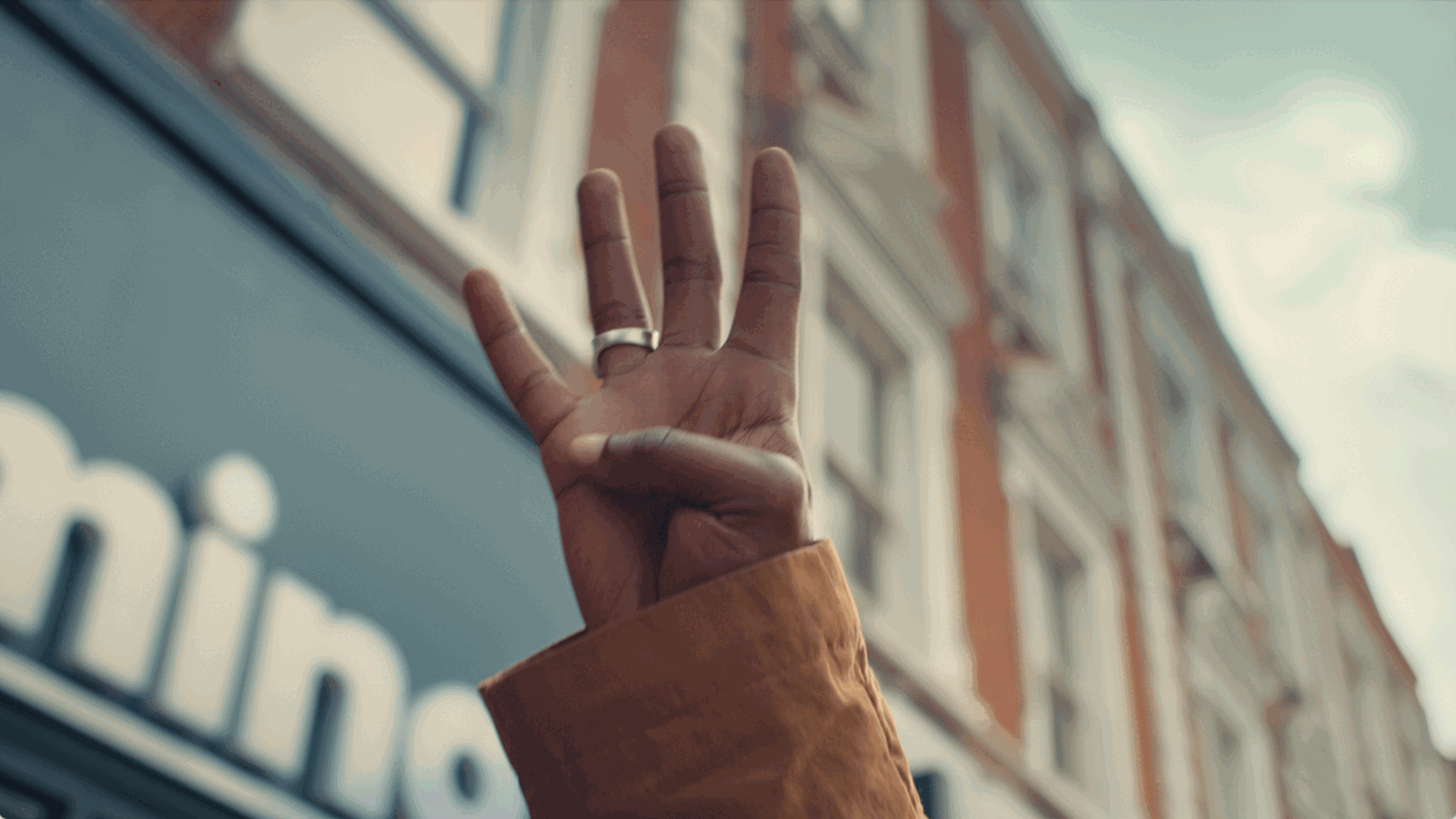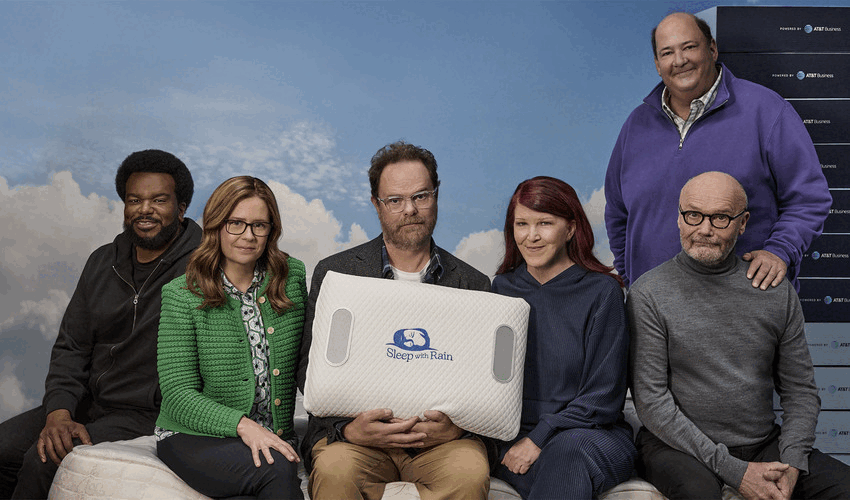Why Mayweather versus McGregor isnt just a goldmine for those involved
- Friday, August 25th, 2017
- Share this article:

The big fight is just around the corner. Mayweather, McGregor. McGregor, Mayweather. Money, money, money. And, however you feel about it, you can’t avoid the hype, anticipation and the build-up that feels far more WWE than WBC. Many will think that the only people making money off the event are the two men in the ring, their teams, the sponsors, the arena and the broadcasters – and anybody that fancies a flutter on the bout, and wins – but there is also room for brands not associated with the event to get something out of it, particularly on social media. Even if brands don’t hop on the bandwagon this time round, there are lessons to be learned for future major sporting events.
Corona is the main sponsor of the fight – getting centre-of-the-ring placement, ring girls and broadcast inclusion. BodyArmor sports drink will also have prime placement for the fight, with its branded towels, stools and water bottles all entering the ring for the night. Meanwhile, luxury watchmaker Hublot will appear on Mayweather’s waistband, and BetSafe and Monster will get the real estate of McGregor’s shorts. These are just the sponsors for the time being, with deals still being finalised on the eve of the fight.
Towing the line, and almost crossing it
Now, your brand may not be one of the ones that latched onto the official sponsorship opportunities but there’s still time engage audiences in the lead up to, and during, the fight.
“Different events have different rules and regulations about being overtly connected,” said Chris Baldwin, director of consumer promotions and loyalty at consumer engagement specialist Sodexo, speaking to Mobile Marketing. “But, for brands, it would be worth looking where the loopholes are – I’m not urging anyone to break regulations but… For example, the 2014 World Cup, if you look at the social buzz around that, half of the top 12 brands on social were not official partners. Nike, for example, had 230,000 mentions versus Adidas, who had 130,000 mentions. And Adidas was the official sponsor.
“If you get it right, you can be naughty and have some fun with these events by skimming around on the outside. But it depends on the personality of your brand. It’s got to work for you, there’s no point in Fairy Liquid getting involved with this particular fight because it would clash with the company’s values.”
As the above example, it’s important for a brand to understand its audience and not get carried away by jumping on every sporting event. In addition, a brand must recognise its own identify – does it prefer to stick within the boundaries and prefer to enter into official sponsorship agreements with major sporting events?
“Some brands are much more about very corporate sponsorship,” said Baldwin. “If you think about the Olympic sponsors, they’re all very corporate brands. And there’s brands around these events that are much more active on social media and reactive to the events. Paddy Power is a classic case of that, where they create a campaign out of thin air, almost, and manage to get the coverage for it. Whether that’s positive or negative, their work is done in a couple of days basically.”
Baldwin believes there are a lot of opportunities surrounding big sporting events, and that is none more evident than the case of Mayweather versus McGregor – stating “these are exactly the kind of opportunities that brands should be looking to do something do something exciting and engage their consumers”.
Grabbing attention
From a consumer engagement standpoint, brands can use social competitions and promotions to get people involved without directly being linked to an event, and while staying well within the rules.
Brands can’t offer tickets to an event, unless they’re an official sponsor, but they can put together packages linked to events. For example, in the case of Mayweather versus McGregor, brands could’ve offered their audiences things like ‘The Ultimate Boxing Fan Experience’ – which includes a brand-new TV, Sky box and snacks; tickets to a different boxing event; or a trip to Las Vegas.
“The fact that the fight is in Vegas, has provided the opportunity to create money-can’t-buy experiences in Vegas, which don’t have to be at the same time as the event, but again linking the brand to the event in a secondary nature,” said Baldwin. “In the same way, we were regularly sending people away to Brazil during the Olympics for non-sponsors, but all completely within the regulations of sponsorship.”
Feel the Power
One brand that excels at jumping on major event bandwagons on social media is the aforementioned betting company Paddy Power.
Paddy Power’s tactics may not always be appreciated by all, but it works for what the brand offers, and almost always connects with its audience through its humorous approach to just about everything.
“They’re highly skilled in creating guerrilla type campaigns connected with sporting events that they’re not officially connected with,” said Baldwin. “There’s a debate as to whether it’s in good taste or bad taste, doing what they are doing, but they’re getting coverage and association and making their particular part of the sporting arena fun and mischievous.”
Despite the betting company’s social success, it is important that brands do not all try and copy its approach, however. A brand must “look at yourself first rather than looking at the sporting event,” according to Baldwin, and shouldn’t just join the party because all other brands are doing it – as this could do more to alienate an audience than engage with it.
All-in-all, Mayweather versus McGregor is a goldmine for all those directly involved, and might even be for those that are not. It would be wise for brands to take lessons from this fight and the promotions surrounding it – both from official sponsors and other brands just looking to get involved – and use this to shape social campaigns around future events.
“It’s about being opportunistic, and that can be with sport, it can be with the weather, it can be with political events,” said Baldwin. “There’s all sorts of opportunities for short term campaigns, that often happen on social media, but they can all result in good interaction without your customer base.”
















